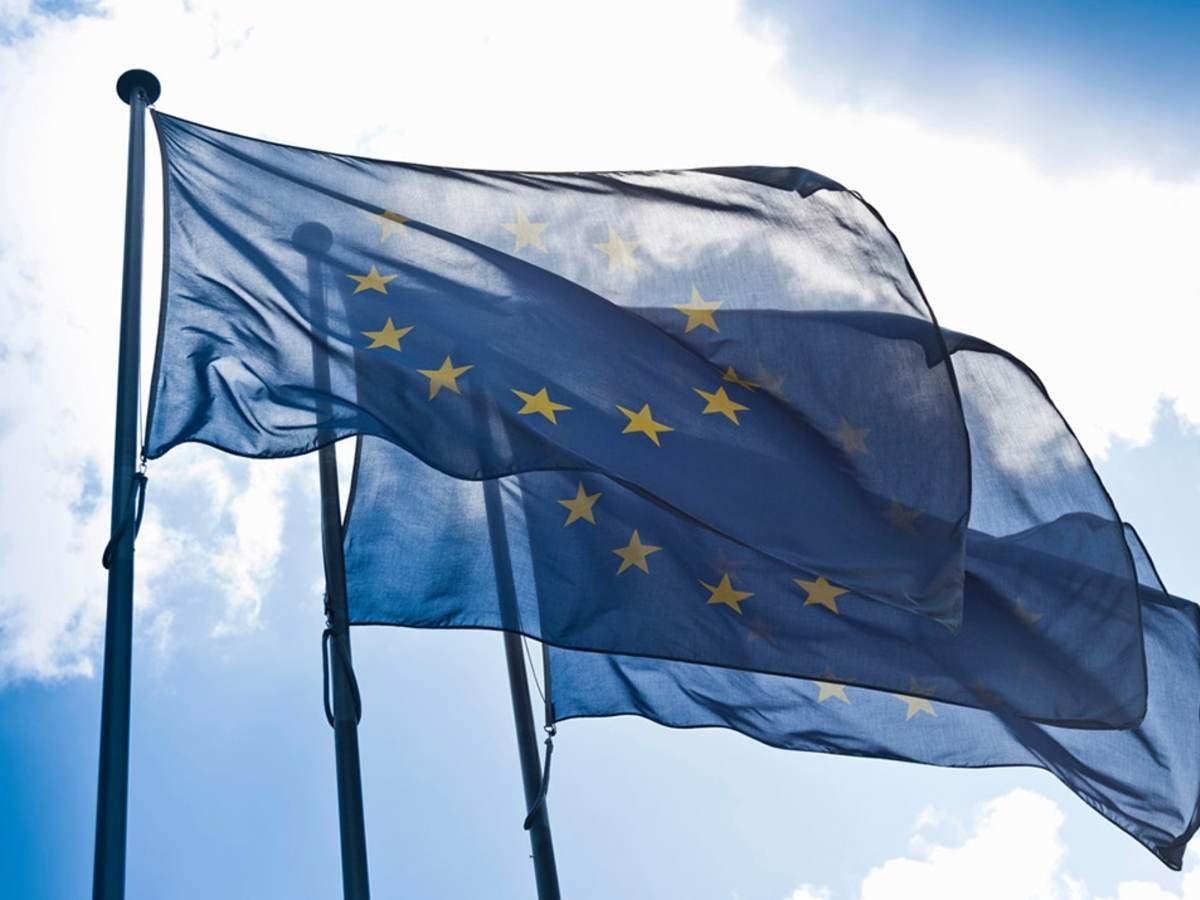
Accessing the EU market with connected products
Helping you develop safer products for the European market.

Conformité Européenne (CE) marking indicates that a product has met applicable European Union (EU) standards for safety, health and environmental protection.
Manufacturers must affix CE marking to all products with EU specifications — including electrical and electronic equipment that falls within the following directives:
Electrical equipment:
Electronic equipment:
CE marking is required to sell most products in the European Economic Area (EEA), but the mark is commonly found on goods outside the EEA to show they meet the same standards. To qualify for CE marking, product manufacturers must complete the following steps:
The technical file provides an essential reference that should be kept up to date and readily accessible. It should demonstrate that your product meets all applicable requirements and include accurate data relating to its design, operation and testing.
Manufacturers or authorized representatives are required to take full responsibility for their products by signing a Declaration of Conformity (DoC). The DoC must be translated into the local languages of each EU country in which you want to sell your products, and importers must keep copies on file for up to 10 years.
DoC checklist:
Our testing supports a wide variety of EU New Approach Directives. The technical reports will help you determine compliance with the interested directives and if you can affix the CE mark.
With an extensive knowledge of European standards, we can help you understand your product design, possible modifications and necessary testing. In addition, we can assist in compiling the documentation required to declare CE marking compliance.
We support you with:
We can support you by testing your products and devices to help determine compliance with applicable directives. Our technical experts offer extensive knowledge and experience across such directives as:
We help you comply with such product requirements as:
The following are some of the most frequently asked questions related to Notified Bodies (NB) and market surveillance in Europe for connected products.
A Notified Body is an organization designated by an EU country or through a mutual recognition agreement that certifies whether products meet European Union regulations and industry standards. EU countries notify conformity assessment bodies within their jurisdictions, which are insured and cover their own professional activities unless the national legislation of the notifying country assures liability. Find the official list of EU-recognized UL Solutions Notified Bodies here.
Notified Bodies streamline the certification process and enable manufacturers to sell their products in EU markets with confidence. They perform conformity assessment services to help demonstrate that your products meet technical requirements and quality standards necessary to place your products on the EU market.
Manufacturers may choose any legally designated Notified Body to conduct their conformity assessment services. According to Decision 768/2008/EC, NBs can:
Market surveillance helps ensure that products sold in the European Union conform to applicable laws and regulations, including the latest health and safety requirements. By fostering a level playing field for economic operators, market surveillance also helps maintain consumer confidence in European products. EU-wide cooperation occurs through informal groups called Administrative Cooperation groups (AdCos), including AdCo RED, which represents electromagnetic compatibility,and the Radio Equipment Directive (RED). Member states appoint AdCos to represent the national authorities responsible for a particular sector. They’re able to:
Each country’s market surveillance authority is able to initiate actions outside the coordinated surveillance initiatives conducted by the Administrative Cooperation group. However, local authorities are still responsible for conducting investigations in the product sectors in which they occur. AdCo members meet several times per year at the EU level to share information and coordinate action plans for each sector. The European Commission then releases the results of these initiatives to all EU member states, authorities and citizens.
Over the last ten years, many AdCo-coordinated action initiatives have addressed electromagnetic compatibility (EMC) and radio products. The European Commission has published these results and removed non-compliant EMC and radio products from circulation. A product can be barred from entering the market for even a minor nonconformity, costing manufacturers and importers money and time as well as damaging consumer opinion and brand value. Learn more about market surveillance activity and find the 2022 AdCo RED Report on the 10th RED Market Surveillance Campaign on IoT.
2022 noncompliance rates from RED AdCo
You’re probably already aware that withdrawing products from the market can result in substantial financial losses, but did you know that NBs can provide you with a group of experts with in-depth knowledge of your products?
Engaging a Notified Body to check your technical files before a market surveillance exercise can help identify and reduce the number of noncompliance issues, allowing you to avoid considerable costs and delays in bringing your product to market. A Notified Body is also required to review your technical file and issue a type evaluation certificate (TEC) before your product is allowed to access the global market. Manufacturers often engage Notified Bodies:
Gain an understanding of CE marking requirements and the latest requirements for UKCA marking in the post-Brexit scenario for all types of wireless products.

Accessing the EU market with connected products
Thanks for your interest in our products and services. Let's collect some information so we can connect you with the right person.